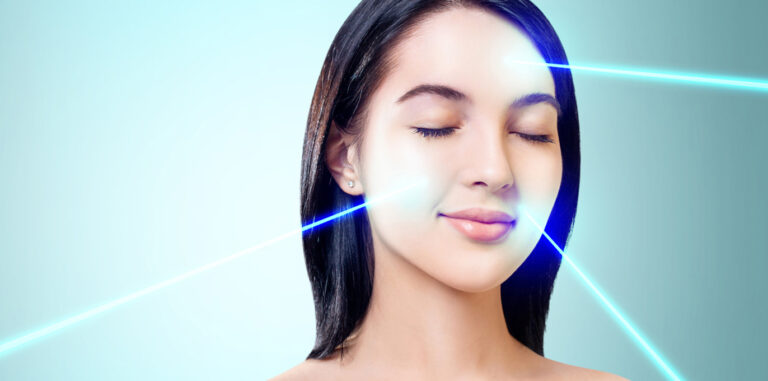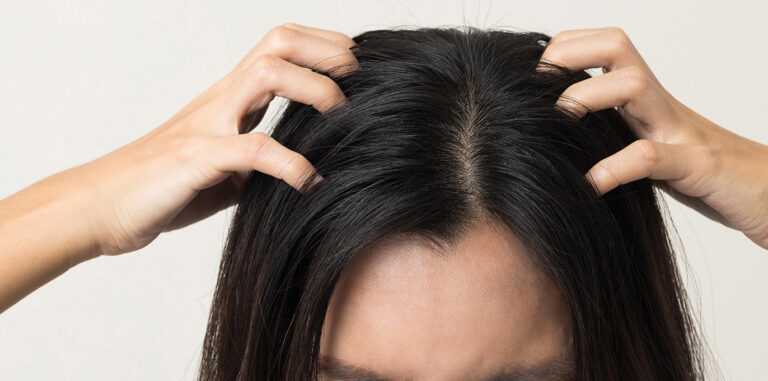Hyperpigmentation and dark spots are among the most common skin concerns today, affecting people across all ages and skin types. Whether caused by sun exposure, hormonal imbalance, acne, or inflammation, these pigment irregularities can make the skin look dull, patchy, and uneven. Fortunately, modern dermatology offers effective, safe, and long-lasting solutions when guided by an expert.
If you are looking for the right guidance, consulting an experienced Skin Specialist in Sanjaynagar like Dr. Rahul Sheshagiri can help you understand the root cause and choose the right treatment plan.
This blog explains everything about hyperpigmentation, melasma, post-acne marks, and sun spots—what they are, why they occur, and how they can be treated.
What Is Hyperpigmentation?
Hyperpigmentation refers to the darkening of certain areas of the skin due to excess melanin production. Melanin is the natural pigment responsible for your skin, hair, and eye color. When melanin is overproduced or unevenly distributed, it results in dark spots or patches.
Common Types of Hyperpigmentation
- Melasma
Caused primarily by hormonal changes, melasma appears as symmetrical brown or grey-brown patches on the cheeks, forehead, upper lip, and nose. Women are more prone to this, especially during pregnancy or while taking hormonal medications. For safe and advanced melasma treatment, visiting a qualified dermatologist is important. - Sun Spots (Solar Lentigines)
These are dark brown spots caused by prolonged sun exposure and UV damage. They usually appear on the face, neck, arms, and hands. - Post-Inflammatory Hyperpigmentation (PIH)
After acne, cuts, burns, or rashes heal, the inflamed skin may leave behind dark marks. These post-acne marks are not scars and can be treated effectively. - Freckles
Small brown spots caused by genetics and sun exposure. They are harmless but can darken with sun exposure.
Hyperpigmentation may seem like a cosmetic issue, but it often reflects underlying factors such as hormonal imbalance, inflammation, or lifestyle triggers. This is why consulting a Skin Specialist in Sanjaynagar ensures accurate diagnosis and targeted treatment.
Causes of Hyperpigmentation & Dark Spots
Understanding the root cause helps in choosing the right treatment approach. The most common triggers include:
1. Sun Exposure
UV rays stimulate melanin production as a defense mechanism. Over time, this leads to tanning, sun spots, and darker patches.
2. Hormonal Imbalance
Especially in melasma, hormone fluctuation triggers melanocytes to produce excess pigment.
3. Acne & Skin Injuries
Post-acne marks (PIH) are common after breakouts or skin trauma.
4. Genetics
Some individuals naturally have more melanocytes, making them prone to pigmentation.
5. Heat Exposure
Heat can worsen melasma even without UV rays.
6. Harsh Skincare Products
Incorrect use of acids or bleaching creams can irritate the skin and worsen pigmentation.
Addressing these triggers under the guidance of a specialist like Dr. Rahul Sheshagiri, a trusted Skin Specialist in Sanjaynagar, helps in long-term control and prevention.
Melasma – A Deeper Look
Melasma is a chronic condition that needs consistent care. It often appears as:
- Brown or greyish patches
- Mostly on cheeks, forehead, chin, and upper lip
- Can worsen during pregnancy due to hormonal changes
- Gets triggered by sunlight, heat, and stress
Why Melasma Needs Expert Care
Unlike simple tanning, melasma sits deeper in the skin and requires a combination of treatments. Over-the-counter creams often worsen the condition. That’s why a tailored melasma treatment plan is essential.
Dr. Rahul Sheshagiri, an experienced dermatologist, uses a layered approach to treat melasma effectively and safely.
Skin Specialist in Sanjaynagar
Effective Treatments for Hyperpigmentation & Dark Spots
Dermatology offers a variety of evidence-based treatments to reduce pigmentation, even out the skin tone, and restore natural radiance. Here are the most commonly recommended options:
1. Medical-Grade Topicals
Dermatologists prescribe powerful skin-lightening and pigment-reducing ingredients such as:
- Retinoids
- Hydroquinone (monitored usage)
- Azelaic acid
- Kojic acid
- Vitamin C
- Tranexamic acid
- Niacinamide
These help gradually fade pigmentation while improving skin texture.
2. Chemical Peels
Peels exfoliate the top layers of the skin and stimulate new cell growth. They are effective for:
- Post-acne marks
- Sun spots
- Early melasma
- Uneven skin tone
Types include glycolic peel, salicylic peel, lactic peel, and combination peels.
3. Laser Treatments
Advanced laser systems target deeper pigmentation safely and effectively. Q-Switched lasers and Pico lasers help break down pigment particles for clearer skin.
4. Microdermabrasion & Medi-Facials
These treatments gently exfoliate the skin and boost radiance. When combined with other therapies, they enhance results.
5. Oral Medications
In severe melasma cases, oral tranexamic acid may be recommended along with topical and procedural therapies.
6. Treating Hormonal & Lifestyle Factors
Pigmentation can recur if triggers are not controlled. A dermatologist may recommend:
- Strict sun protection
- Hormonal evaluation
- Lifestyle modifications
- Tailored skincare routine
A professional approach from a Skin Specialist in Sanjaynagar ensures long-lasting, safe, and predictable results.
Post-Acne Marks – Why They Occur & How to Treat Them
Post-acne hyperpigmentation is different from acne scars. These are flat, dark spots left after the acne heals. They fade over time but can take months to disappear.
Best Treatments for Post-Acne Marks
- Retinoids
- Chemical peels
- Vitamin C serums
- AHAs/BHAs
- Lasers (for stubborn marks)
Early intervention under expert guidance helps prevent deeper pigmentation.
Prevention Tips for Long-Term Results
Even after effective hyperpigmentation or melasma treatment, the skin needs continuous protection to prevent recurrence. Follow these dermatologist-approved steps:
1. Daily Sunscreen Use
Choose SPF 50+, broad-spectrum, and reapply every 2–3 hours.
2. Avoid Peak Sun Hours
Wear hats, scarves, and UV-protective gear.
3. Follow a Gentle Skincare Routine
Avoid harsh scrubs and bleaching creams.
4. Manage Hormonal Imbalances
Consult your doctor if you notice pigmentation during pregnancy or medication changes.
5. Avoid Picking Acne
Prevent post-inflammatory marks.
Why Consult a Skin Specialist?
Hyperpigmentation is not just a cosmetic issue—it requires medical understanding. Incorrect treatment can worsen pigmentation, increase skin sensitivity, or cause permanent darkening.
A qualified Skin Specialist in Sanjaynagar like Dr. Rahul Sheshagiri ensures:
- Accurate diagnosis
- Layered treatment plan
- Safe and evidence-based therapies
- Long-term prevention strategy
- Personalized skincare routine
Conclusion
Hyperpigmentation, melasma, sun spots, and post-acne marks are common but treatable skin concerns. With the right diagnosis and expert care, you can restore your skin’s natural clarity, brightness, and even tone. Instead of experimenting with random products, trust an experienced dermatologist who understands the science of pigmentation.
If you’re struggling with persistent dark spots or uneven skin tone, scheduling a consultation with Dr. Rahul Sheshagiri, a leading Skin Specialist in Sanjaynagar, can help you achieve long-lasting, healthy, glowing skin.





